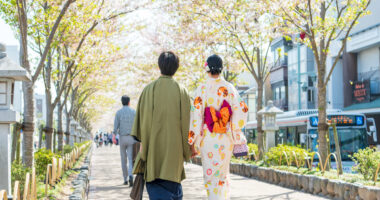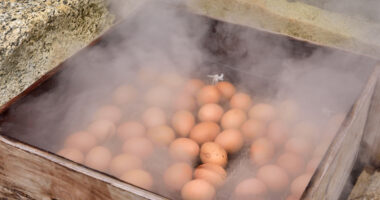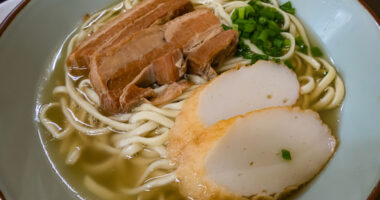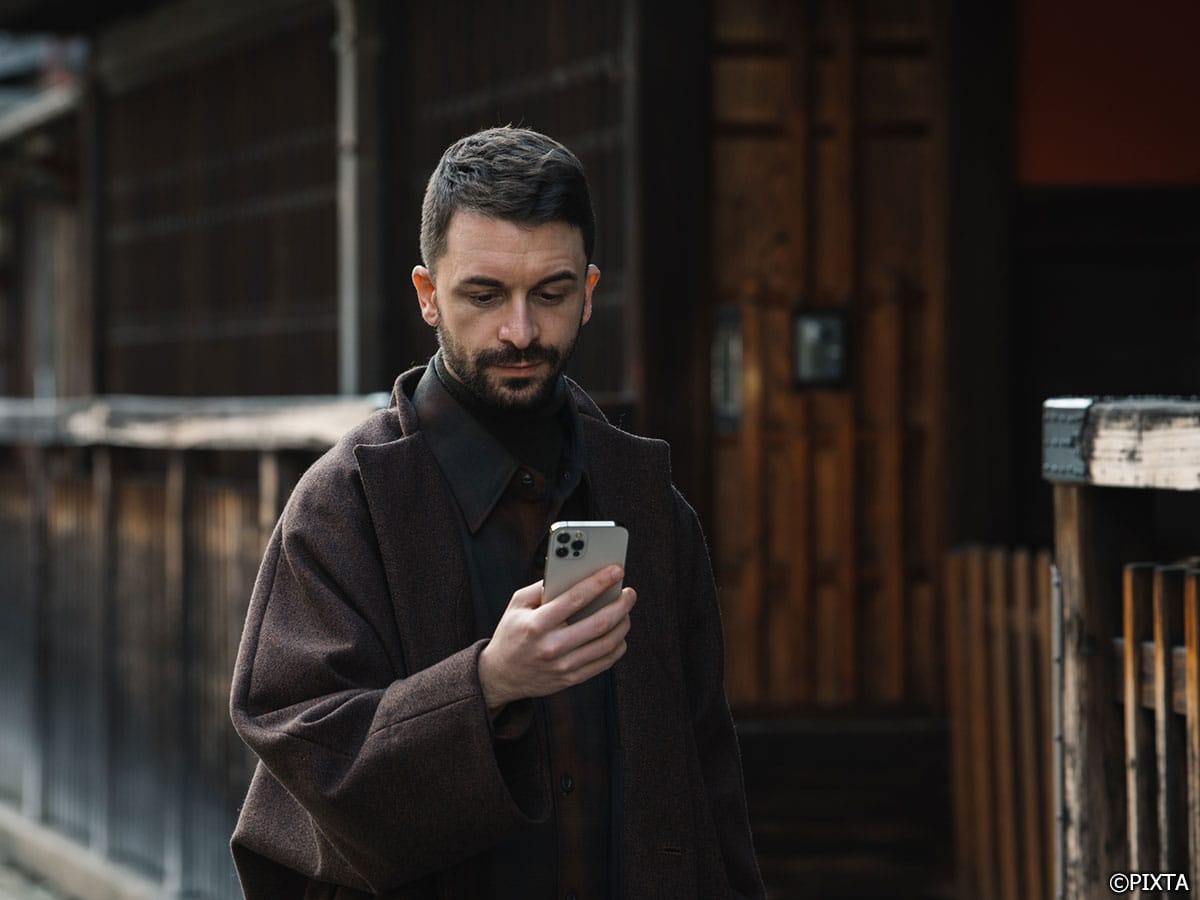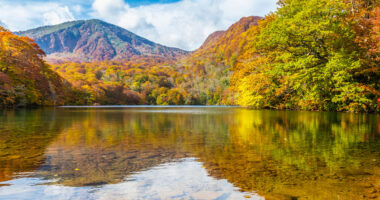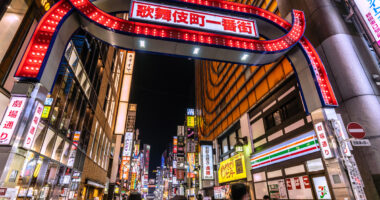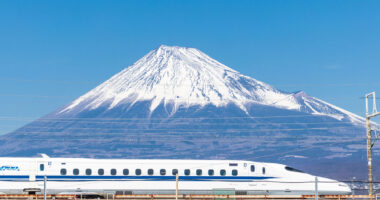Traditional matsuri (Japanese festivals) are vibrant celebrations with ancient roots, offering a glimpse into Japan’s rich cultural heritage. These living rituals bind people to the rhythms of nature, ancestral worship, historical memory, and regional pride—and for international travelers, encountering them can be a moving, eye-opening experience.
For visitors interested in understanding Japan beyond its urban attractions and pop culture, exploring these culturally significant festivals offers an unmatched perspective into the country’s soul. When you dive into the heart of these traditions, you uncover the deeper narrative of a society that honors the past while embracing the present.
In this article, we’ll take a detailed look at the cultural significance and diverse types of Japanese festivals.
- The cultural significance of matsuri
- Seasonal festivals: embracing nature through celebration
- Religious festivals: bridging the sacred and the everyday
- Local festivals: the heartbeat of regional identity
- Historical festivals: living memory in motion
- Why these festivals matter to international travelers
- Conclusion: Step into Japan's living traditions
The cultural significance of matsuri
Often rooted in centuries-old practices, many matsuri are expressions of gratitude to the gods for blessings like health, prosperity, and safety.
Others serve as heartfelt prayers for good fortune, abundant harvests, or protection from misfortunes such as natural disasters or illness. During a matsuri, as you experience music, dance, and traditional performances, you’re not just witnessing a celebration but stepping into a living tradition.
Matsuri also invites active participation, allowing locals and visitors to join in parades, rituals, and community events.
Seasonal festivals: embracing nature through celebration
Japanese culture maintains a close relationship with the seasons, and this connection is celebrated through festivals that mark natural transitions and agricultural cycles. These seasonal festivals reflect a collective reverence for beauty, change, and renewal.
Spring: hanami (cherry blossom viewing)
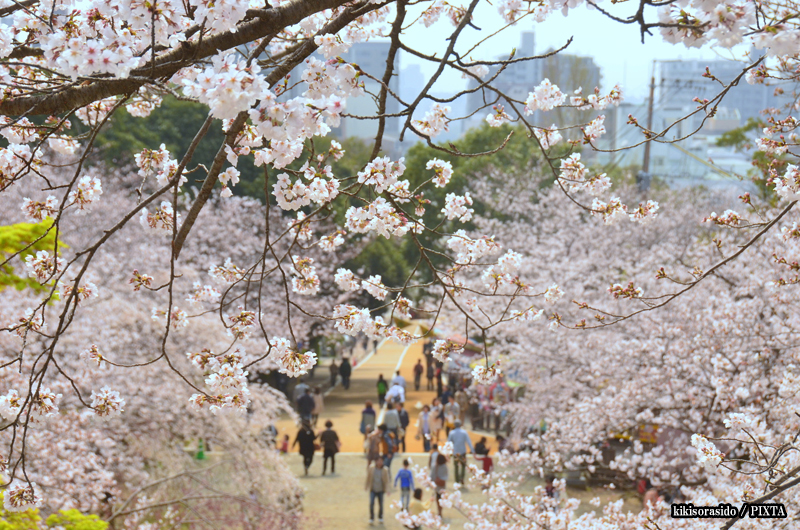
Photo for illustrative purposes
Hanami is a beloved tradition that symbolizes renewal and the fleeting beauty of life. Local communities as well as visitors gather beneath the blooming trees to share meals, songs, and reflections. Though informal in nature, hanami carries deep cultural meaning rooted in centuries of poetry, art, and philosophy.
Festivals are held across Japan to celebrate cherry blossoms, and they are easy to find in many major cities.
Summer: fire and ancestors

Photo for illustrative purposes
Summer festivals often combine community joy with spiritual reflection. Across Japan, the evening events are filled with dances and lanterns, creating vivid scenes in temple courtyards or riversides. Many of these celebrations take place during Obon, a summer Buddhist tradition honoring ancestral spirits, with rituals meant to guide them back to the other world. Bon dances and paper lantern offerings provide a communal space to honor the past while engaging in joyful gatherings.
Autumn: tsukimi (moon viewing)
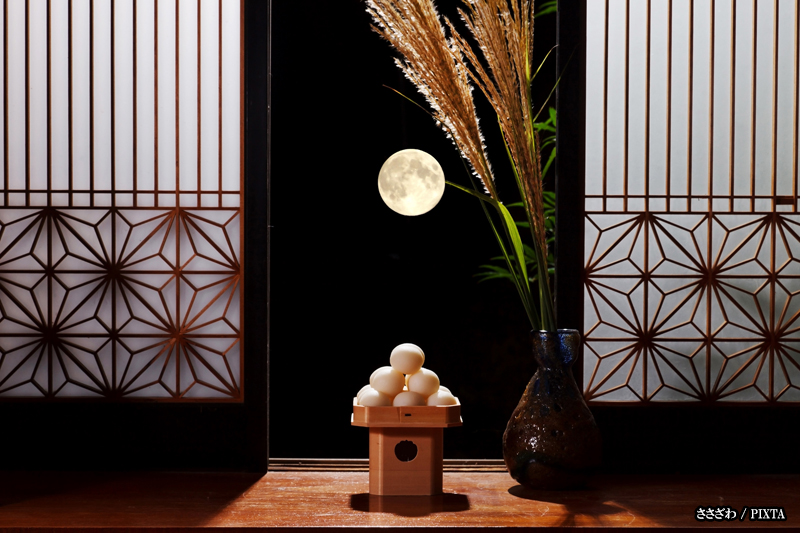
Photo for illustrative purposes
Tsukimi is an elegant seasonal custom that honors the harvest moon. Families and friends admire the full moon while enjoying traditional foods like tsukimi dango, rice dumplings, and seasonal produce. It’s a quiet, thoughtful celebration grounded in nature’s rhythm and harvest gratitude.
While most tsukimi gatherings are informal, a few regions host formal moon-viewing festivals—though these are less common than other types of matsuri.
Winter: light in the cold
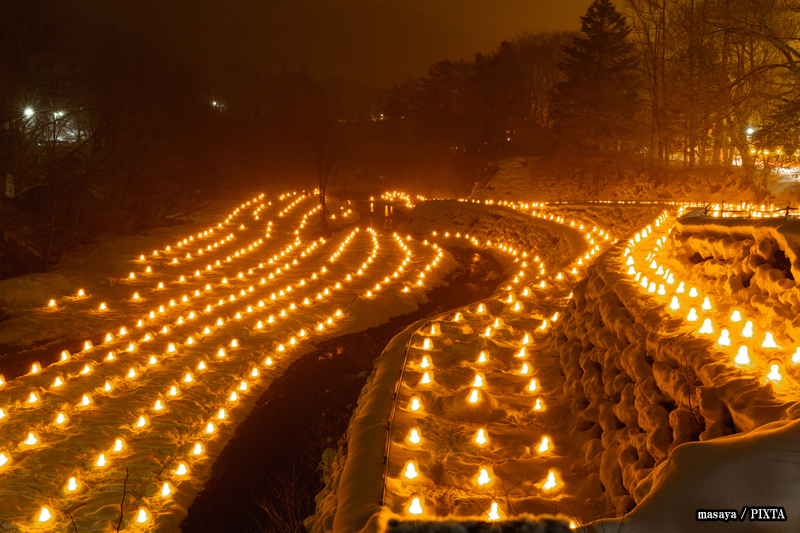
Photo for illustrative purposes
Winter festivals often include light, fire, or snow elements to negate the cold and darkness. Events include bonfires held to drive away bad spirits and misfortune. These may include fire rituals for protection and snow displays that transform frozen landscapes into temporary wonderlands. It is truly a sight to see all of this happening around you. All the elements that come into play allow you to witness spectacular performances. These gatherings highlight warmth, purification, and resilience.
Religious festivals: bridging the sacred and the everyday
Religious festivals in Japan reflect a unique blending of Shinto and Buddhist traditions. These sacred events bring communities together to honor deities, ancestors, and spiritual forces. Shinto, the traditional religion, emphasizes a spiritual connection with nature. Buddhism, introduced from the mainland, offers spiritual practices and philosophies related to the Buddha. Their festivals offer insight into how these traditions are practiced in daily life.
Shinto celebrations and the kami
In Shinto belief, festivals serve to worship kami (gods). These sacred spirits are believed to reside in nature, objects, and ancestors. Shrines become the center of activity, often including demonstrations that carry omikoshi (portable shrines) through the streets. These events are a way to showcase the kami’s blessings extending to the community beyond the confines of the shrine.
Through special music, drumming, ceremonial clothing and sometimes masks and costumes, everyday environments are transformed into a sacred space. Even as a visitor, it’s easy to feel a sense of belonging and community at these events.
Buddhist memorials and rituals
Buddhist festivals tend to focus on remembrance and moral reflection. Memorial services, chanting, and offerings are held to honor deceased family members and to reinforce teachings on impermanence and compassion. These observances promote humility and respect for life cycles, blending ritual solemnity with communal warmth.
Harmony between faiths
Many religious festivals showcase a combination of Shinto and Buddhist practices, a hallmark of Japanese spirituality. It’s common for a single festival to involve both priests and monks, with rituals that effortlessly join in both traditions. This combination of the two belief systems allows religious festivals to serve broader cultural functions beyond sectarian boundaries.
Local festivals: the heartbeat of regional identity
Japan’s diverse geography and rich history give rise to local festivals, some of them dating centuries and others relatively new. They vary widely from region to region, and that’s what makes exploring them so exciting. These vibrant events celebrate community spirit, regional pride, and cultural preservation. As you travel, you’ll encounter everything from dazzling parades and traditional performances to local delicacies and seasonal rituals, each offering a unique glimpse into the heart of that area’s identity and heritage.
Grassroots participation
Local festivals are often organized by neighborhoods and families, who devote several months of dedicated effort to bringing them to life. This includes designing floats, preparing their costumes, and rehearsing music or dance performances. While organizing these events can be demanding, participants genuinely enjoy the process. These gatherings emphasize intergenerational bonding and give younger generations a hands-on connection to tradition. It is a way for the elders of the family to pass on their knowledge and wisdom to the young.
Regional stories and beliefs
Every community has its own unique experiences and stories. Legends, folktales, or natural landmarks unique to a particular area inspire many local festivals. People from nearby towns gather together, creating a sense of unity and shared celebration. The mountain towns may reenact stories of forest spirits or ancient guardians. Fishing villages perform dances to honor the sea and pray for safe voyages. Each celebration reflects its community’s specific history, beliefs, and environment. Every festival is unique, but together, they form a broader sense of connection, an ever-growing cultural community.
Tied to the land
Agricultural communities often align their festivals with planting or harvest seasons. Planting festivals may include rituals requesting rain or blessings for fertile soil. Harvest events are joyful celebrations of abundance and gratitude. These events reflect teamwork from start to finish. The sense of fulfillment when labor bears fruit is one of the most rewarding feelings. These festivals foster ecological awareness and strengthen spiritual ties to the land.
Historical festivals: living memory in motion
Some festivals are held to celebrate historical events or figures, ensuring that Japan’s history remains a living, participatory tradition. These events connect communities to their heritage and educate the public through storytelling. This is also how they keep their traditions and history alive through generations, preserving aspects of their communities that might otherwise be forgotten.
Period re-enactments
Historical festivals often feature extravagant processions with participants dressed in traditional clothing from Japan’s feudal or classical eras. Actors may portray samurai, poets, or townspeople walking through city streets or historic sites. It’s a striking sight, especially if you happen to stumble upon one while exploring Japan. These processions serve as mobile museums, vividly recreating the era’s worth of a long past and bringing history to life.
Remembering local heroes
Many other festivals focus on historical figures who played key roles in local development and, by extension, in shaping society. People celebrate their existence and the work that they did in their lifetime. They could be rulers, reformers, or cultural icons. It is portrayed through parades, storytelling, and stage performances. These individuals are honored not only for what they achieved but for the values they represent, such as courage, wisdom, or unity. They are seen as role models and inspiration to bring about positive change in society.
Celebrating cultural milestones
Certain festivals are held to honor artistic, literary, or technological achievements. These might include tributes to influential poets, traditional artists or the introduction of important inventions. In doing so, they preserve national memory and highlight the timeless relevance of culture and creativity. This also shows that people in Japan deeply value contributions from the arts, not just those from science or city-building.
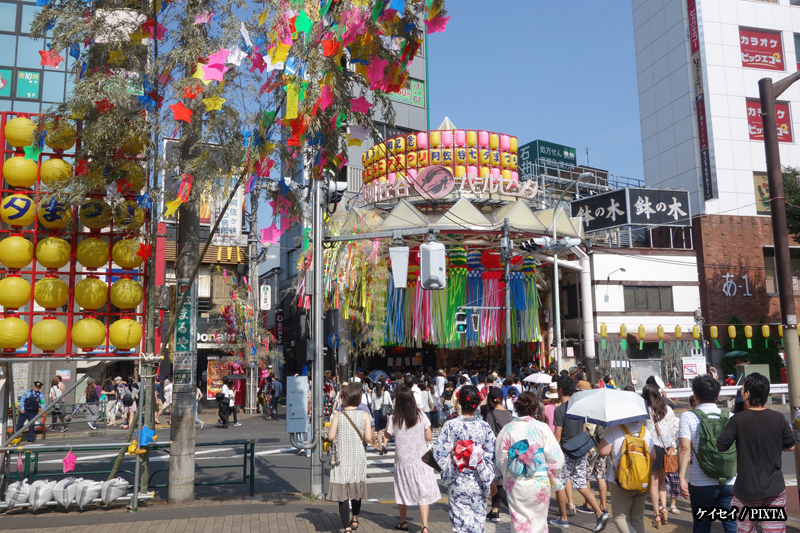
Photo for illustrative purposes
Why these festivals matter to international travelers
For international travelers seeking an authentic and meaningful experience in Japan, exploring these lesser-known festivals offers profound insight into the nation’s cultural fabric. Whether religious, seasonal, local, or historical, each festival tells a story about how the Japanese people relate to their environment, ancestors, and one another.
A deeper cultural encounter
Observing a moon-viewing ceremony, hearing ancient chants in a shrine, or watching children dance in local attire offers more than a visual spectacle; it invites emotional and intellectual connection. These festivals embody centuries-old customs still thriving in modern life, often in small communities that welcome visitors with sincere hospitality.
Cultural continuity
Festivals also reveal how Japan bridges tradition and modernity. While some practices have adapted over time, the essence remains intact. They show that cultural values are not preserved in museums alone but are kept alive through active participation. These events offer people a chance to step away from their busy schedules, connect, heal, and, most importantly, build a welcoming community.
Conclusion: Step into Japan’s living traditions
Experiencing Japanese festivals isn’t just about witnessing colorful processions or tasting festival foods; it’s about stepping into the heartbeat of Japan’s cultural soul. For international travelers, these events offer a rare chance to go beyond sightseeing and feel part of something deeply rooted and authentic.
Wherever you go, let Japan’s festivals invite you, not as a spectator but as a curious guest who is welcomed into its living tradition. Read more at Umami bites; we’re here to help make you journey unforgettable!





